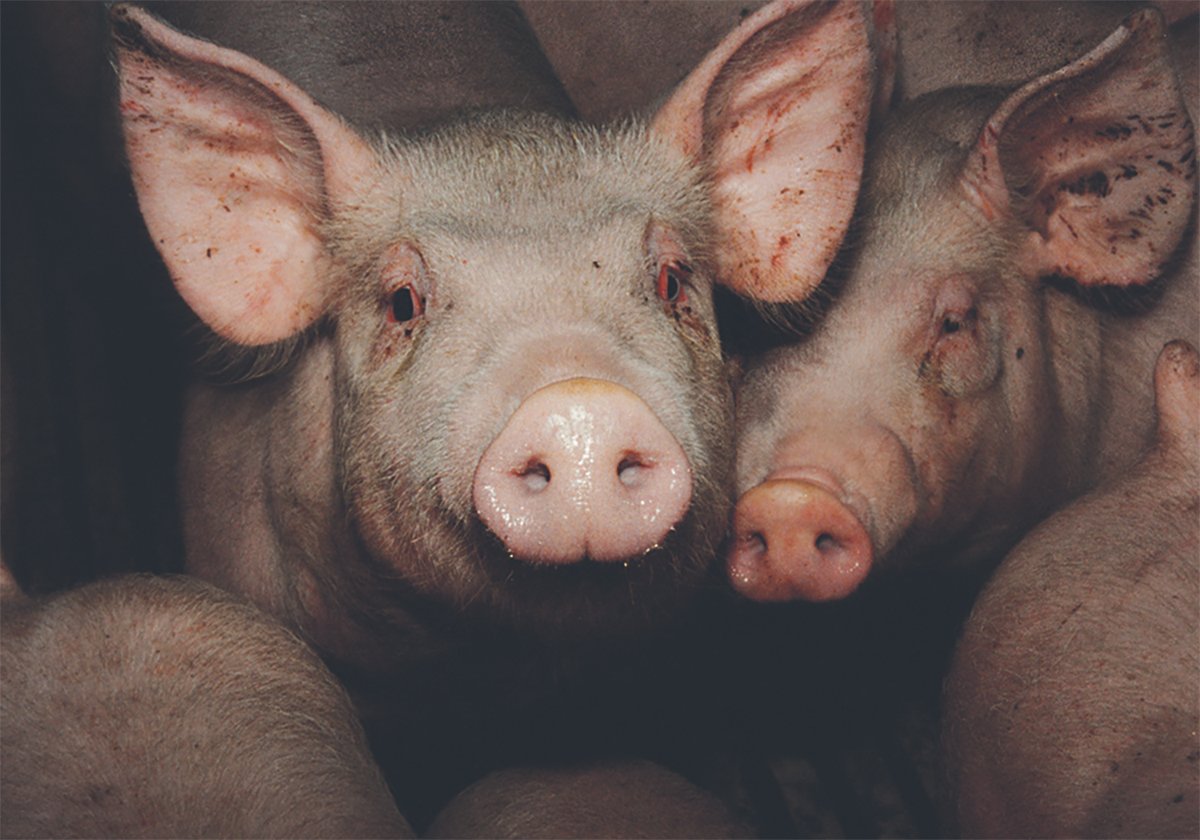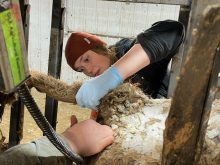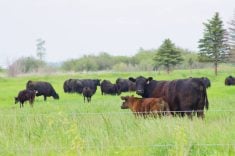More mistakes are being made because of a fuzzy understanding of what diseases a vaccine controls.
The confusion centres on the “way” vaccines.
Outsiders, new employees, volunteers and even staff and professionals at veterinary clinics find the terms confusing.
I once saw a wreck where a producer was giving a five-way viral, thinking it contained blackleg protection, and ended up with a blackleg outbreak. Another producer had a tetanus outbreak after using an eight-way that didn’t contain tetanus.
In the old days, the way vaccines — two-way, three-way, seven-way and eight-way — all referred to protection against clostridial organisms. They provided varying coverage in the blackleg family of vaccines, but that is not always the case today.
Read Also

The Western Producer Livestock Report – October 30, 2025
Western Producer Livestock Report for October 30, 2025. See U.S. & Canadian hog prices, Canadian bison & lamb market data and sales insights.
Perhaps we need a slightly modified way of explaining things.
Producers mistakenly think every blackleg vaccine is the same. They are not.
Today we have seven-way, eight-way and now the new, essentially nine-way vaccine called Covexin Plus. The latter means eight-way “plus” and provides protection against nine clostridial organisms, including true blackleg, tetanus and redwater (clostridium hemolyticum) disease.
Two-way and three-way vaccinations were also available in the early years of blackleg vaccination.
In our area, almost everyone is using the broader coverage multivalent vaccines, which are still cheap as far as vaccines are concerned. Different clostridial organisms are cropping up in different parts of the country, from hemolyticum in west-central Alberta to shigella near the Saskatchewan-Manitoba border.
To confuse matters somewhat, the seven- or eight-way clostridials are often combined with histophilus in the same vaccine.
Not all clostridials are created equal. Some have tetanus and some don’t, so make sure the diseases you want protection against are included in the vaccine you buy.
Tetanus must be in your vaccination protocol if you band older calves.
The big mistake is made with the four-way and five-way viral vaccines.
They are commonly used to prevent respiratory disease in calves and the feedlot as well as to prevent reproductive diseases causing abortions in cow herds.
We should emphasize the word “viral” in the name of these vaccines to make it clearer for everyone. Producers make the mistake of thinking there is blackleg protection in these vaccines.
Most large pharmaceutical companies produce one of these vaccines or several in combination with bacterial components. The difference between four-way and five-way virals is that five-way has another type of bovine viral diarrhea (BVD) added.
The term “way” really means the number of organisms or groups of organisms the vaccine protects against, whether bacterial or viral.
No vaccine has 100 percent protection, and successful disease control depends on the immune response, exposure to the number of organisms, proper vaccination technique, parasite burden and nutrition level.
However, vaccination is a good biosecurity defense.
The trend is toward broader disease protection with the five-way vaccines. Years ago, we started with three-way virals having infectious bovine rhinotracheitis (IBR), BVD and parainfluenza-3 virus (PI3), but soon bovine respiratory syncytial virus (BRSV) was added and now the second type of BVD, which provides more comprehensive and cross protection. As mentioned, some five-way vaccines also have the pneumonia bacterials pasteurella multocida and mannheimia hemolytica.
Producers who have cows with lepto and vibrio can add protection for that to the five-way virals.
The most important point is to know the diseases you want to prevent and then rely on your veterinary clinic to recommend the best combinations for your farm and geographic area, keeping exposure potential in mind.
You can see the confusion we create with these colloquial terms.
I once had a smart and well-respected lawyer in a legal case ask me, “isn’t an eight-way vaccine twice as good as a four-way vaccine?”
You can see how loose terms make it confusing. Take time to examine and question vaccines you buy. Herd health and productivity depends on careful selection of the proper vaccine combinations.
Roy Lewis has a veterinary practice in Westlock, Alta. and works part time as a technical services veterinarian with Merck Animal Health.














